Life
Sign up for our newsletter
We summarize the week's scientific breakthroughs every Thursday.
-
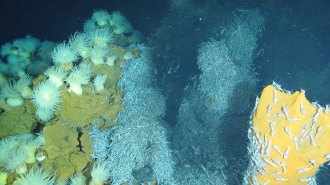 Animals
AnimalsHow sea anemones living on deep-sea hydrothermal vents avoid metal poisoning
The anemone Alvinactis idsseensis dominates its toxic environment thanks to an unusual number of genes geared toward protecting cells from heavy metals.
-
 Genetics
GeneticsMost of today’s gene therapies rely on viruses — and that’s a problem
The next big strides in gene therapy for rare diseases may come from CRISPR and new approaches to delivery.
-
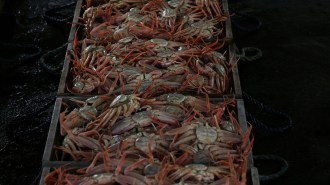 Life
Life10 billion snow crabs have disappeared off the Alaskan coast. Here’s why
In the eastern Bering Sea, the snow crab population plummeted after a marine heat wave in 2018. The crabs may have starved, a new study finds.
By Jude Coleman -
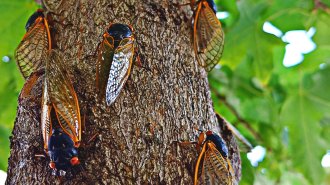 Animals
AnimalsScientists debunked a long-standing cicada myth by analyzing their guts
The lack of obvious chewing mouthparts may have made casual observers think that adult cicadas don’t need to feed. But that’s not the case.
-
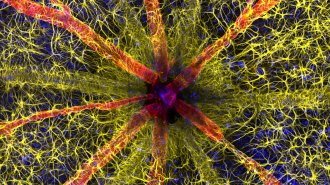 Life
LifeThe inside of a rat’s eye won the 2023 Nikon Small World photo contest
The annual competition puts the spotlight on science and nature in all its smallest glory.
-
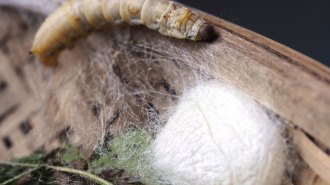 Animals
AnimalsIn a first, genetically modified silkworms produced pure spider silk
An effort to engineer silkworms to produce spider silk brings us closer than ever to exploiting the extraordinary properties of this arachnid fiber.
-
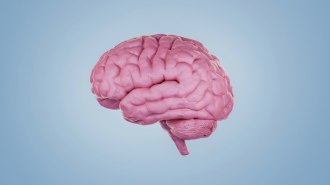 Neuroscience
NeuroscienceWhat a look at more than 3,000 kinds of cells in the human brain tells us
A wide-reaching look at the cells that build the brain, detailed in 21 studies, showcases the brain’s cellular diversity and clues about how it works.
-
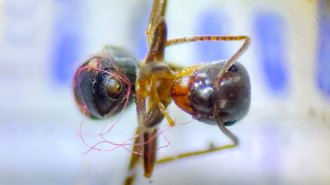 Life
LifeAnts may be the first known insects ensnared in plastic pollution
At this point, it’s unclear whether this type of trash harms insects, but the discovery highlights the ubiquity of plastic pollution in the wild.
By Jake Buehler -
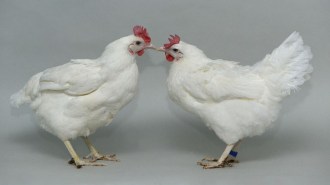 Animals
AnimalsGene editing can make chickens resistant to bird flu
Chickens genetically modified to be impervious to avian influenza may one day prevent the spread of the disease on farms, a study suggests.
-
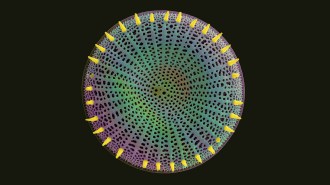 Microbes
MicrobesWatch: Recent microbial discoveries are changing our view of life on Earth
Videos capture the strange movements and predatory styles of protists — among the closest microbial cousins to multicellular life.
By Susan Milius -
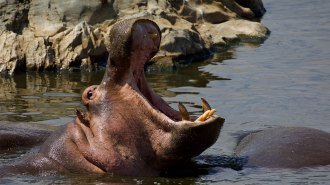 Life
LifeHippos might be ferocious fighters, but their big teeth make them terrible chewers
Among plant eaters, hippos are the worst chewers. Their huge tusks and front teeth keep the jaw from moving side to side to grind food, a study finds.
By Jake Buehler -
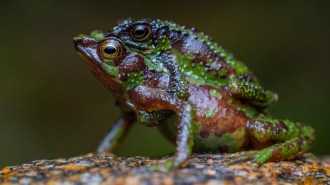 Animals
AnimalsA global report finds amphibians are still in peril. But it’s not all bad news
A survey of about 8,000 amphibian species provides the latest update on extinction risk trends stretching back to 1980.
By Anna Gibbs